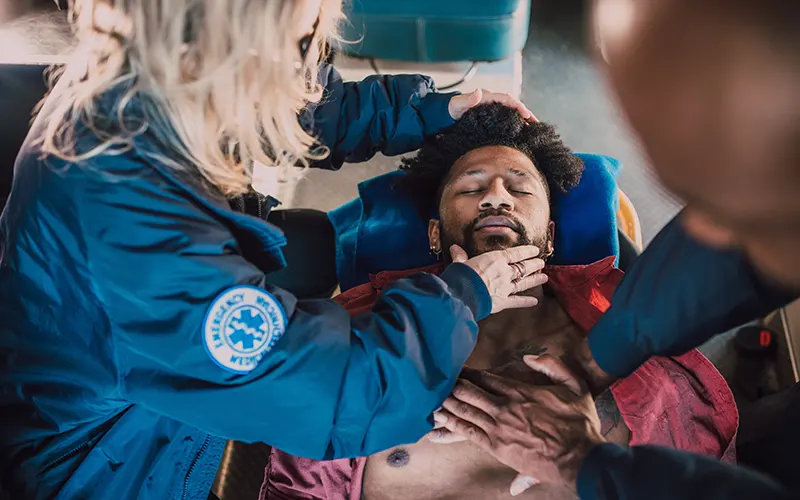Cardiopulmonary resuscitation (CPR) is a life-saving technique that has evolved over time. The history
of CPR dates back to ancient times when the first recorded instance of artificial respiration was
performed by the Assyrians over 5000 years ago. Over time, the techniques used in CPR have
changed, with significant advancements made in the past few decades. Let’s explore the evolution of
CPR, from mouth-to-mouth to hands-only.
Mouth-to-Mouth CPR
Mouth-to-mouth resuscitation was the first type of CPR that was widely taught to the general public. It
involves giving rescue breaths and chest compressions to the victim. The method was first introduced
in the late 1950s and became the standard technique for CPR in the 1960s.
Mouth-to-mouth CPR was used for several decades and saved countless lives. However, it came with
some drawbacks. One of the most significant drawbacks was the potential risk of infection transmission
between the victim and rescuer.
Hands-only CPR
Hands-only CPR was first introduced in the early 2000s as an alternative to mouth-to-mouth CPR. It
involves only performing chest compressions and not giving rescue breaths. The method was
developed in response to research that showed that chest compressions alone could be just as
effective as traditional CPR.
Hands-only CPR has become increasingly popular in recent years, especially since the onset of the
COVID-19 pandemic. It eliminates the need for mouth-to-mouth resuscitation, reducing the risk of
transmission of infectious diseases.
The evolution of CPR from mouth-to-mouth to hands-only has been a significant development in
emergency medical care. Both techniques have their advantages and disadvantages, and the method
used may depend on the situation and personal preference. It’s essential to learn both techniques and
be prepared to use them in an emergency situation.
No matter what CPR method is used, the most important thing is to act quickly and provide lifesaving
measures to the victim. Taking a CPR course and staying up-to-date with the latest techniques and
guidelines can help ensure that you’re equipped to handle an emergency situation and potentially save
a life.

